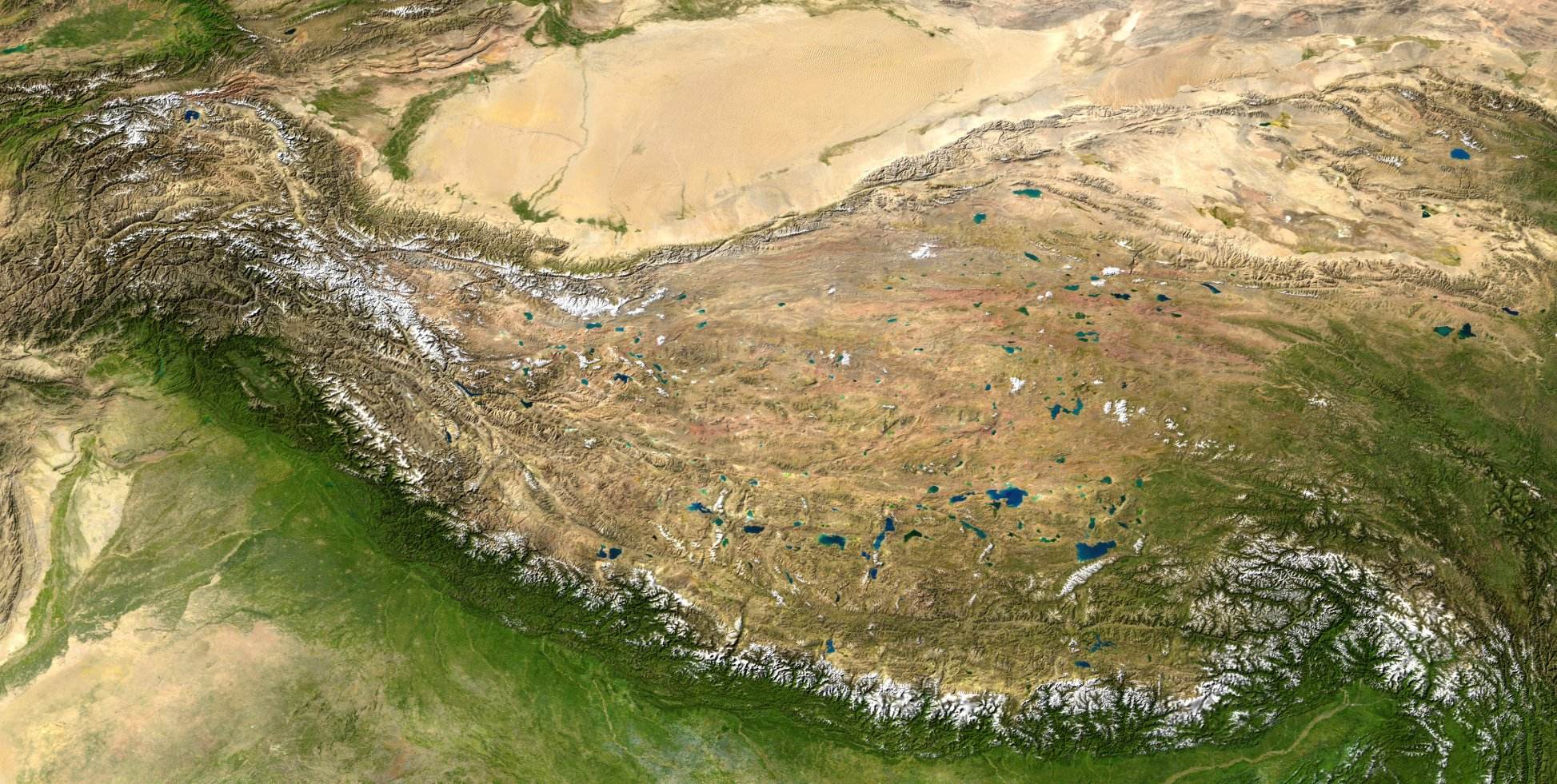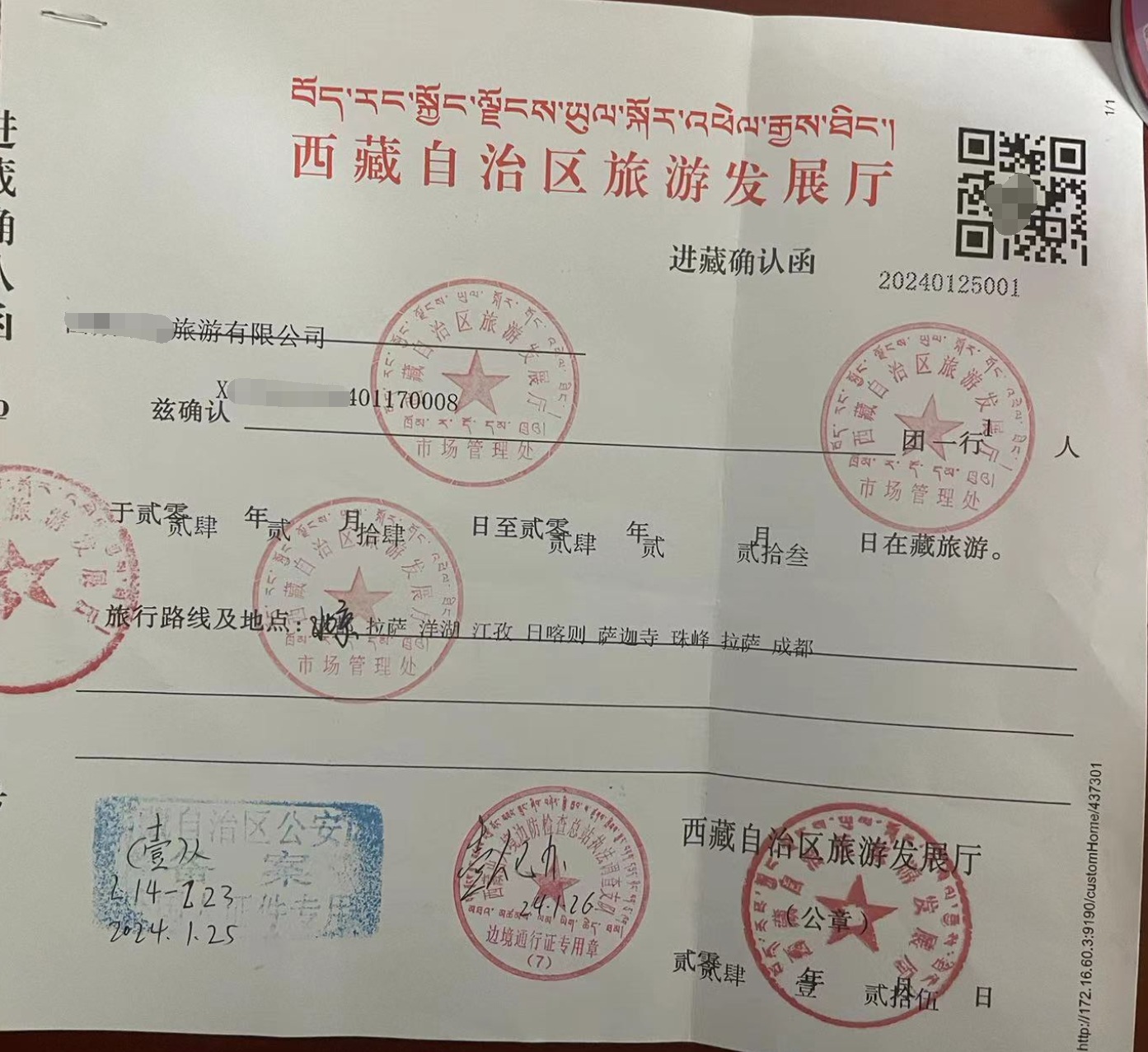1. Introduction to Tibet Tourism
Tibet, the mystical and sacred land nestled in the southwestern corner of China, stands atop the Qinghai-Tibet Plateau, hailed as the "Roof of the World." Its vast expanse, covering approximately one-eighth of China's total land area, boasts a rich tapestry of natural wonders and cultural heritages. Tibet is not just a pilgrimage destination for devout followers of Tibetan Buddhism; it's an adventure playground for travelers seeking unique experiences and spiritual enlightenment. As a realiable China travel agency, imemorytrip offers best travel guide for customers.

2. Geography and Climate of Tibet
Tibet's terrain is as diverse as it is daunting, comprising the northern plateau, southern valleys, eastern gorges, and the Himalayan mountain range. With an average elevation exceeding 4,000 meters, Tibet is the world's highest region, characterized by intense sunlight, low temperatures, and vast diurnal temperature variations. The dry season spans from October to April, while May to September brings monsoon rains. Prepare yourself for the thin air and the awe-inspiring landscapes that come with it.

3. Entry Procedures and Precautions for Foreign Visitors
Entry Procedures
Tibet Travel Permit (TTP): Foreign travelers must obtain a Tibet Travel Permit (TTP) through a designated Tibetan travel agency. This permit is mandatory for entry and cannot be acquired individually.
Visa and Passport: Ensure your passport is valid for at least six months beyond your intended stay and carry a valid visa for China (unless you're eligible for visa-free entry under China's latest policies).
Precautions
Altitude Sickness: Acclimatize gradually to the high altitude to avoid altitude sickness. Stay hydrated, take it slow, and consider using medication if necessary.
Cultural Respect: Tibet is deeply rooted in Tibetan Buddhism. Respect local customs, dress modestly when visiting temples, and refrain from any disrespectful behavior.
Environmental Protection: Practice eco-tourism by not littering, respecting wildlife, and supporting sustainable practices.
Health Preparedness: Carry essential medications and first-aid items, including those for altitude sickness, colds, and digestive issues.

4. Recommended Tourist Attractions in Tibet
Lhasa: Start your journey in the capital, visiting the iconic Potala Palace, the spiritual heart of Tibet, and the bustling Barkhor Street for a taste of local life.
Yarlung Tsangpo Grand Canyon (Zangbo Canyon): Witness the majesty of the world's deepest canyon, a hiker's paradise.
Namtso Lake: Admire the breathtaking blue waters of Tibet's holiest lake, surrounded by snow-capped peaks.
Mount Everest Base Camp: Embark on an unforgettable adventure to the base of the world's highest mountain, Mount Everest.
Sakya Monastery: Explore the ancient Sakya Monastery, a UNESCO World Heritage Site, for a glimpse into Tibetan monastic life.
5. China's Visa-Free Policy Welcomes the World to Tibet
As of July 2024, China has further expanded its visa-free policies, welcoming travelers from numerous countries, including Australia, New Zealand, and Poland, among others. This historic move signifies China's commitment to fostering global tourism and enhancing international exchanges. Foreign visitors who qualify under these policies can now enter China without a visa for short-term stays (up to 15 days for some cases) for tourism, business, family visits, and transit.
With these visa relaxations, the doors to Tibet have never been more accessible. Join the influx of international travelers who are eager to uncover the mysteries of this sacred land. Discover the harmonious blend of ancient traditions and breathtaking landscapes that make Tibet a once-in-a-lifetime destination. Embark on your journey to Tibet, and let the adventure unfold.